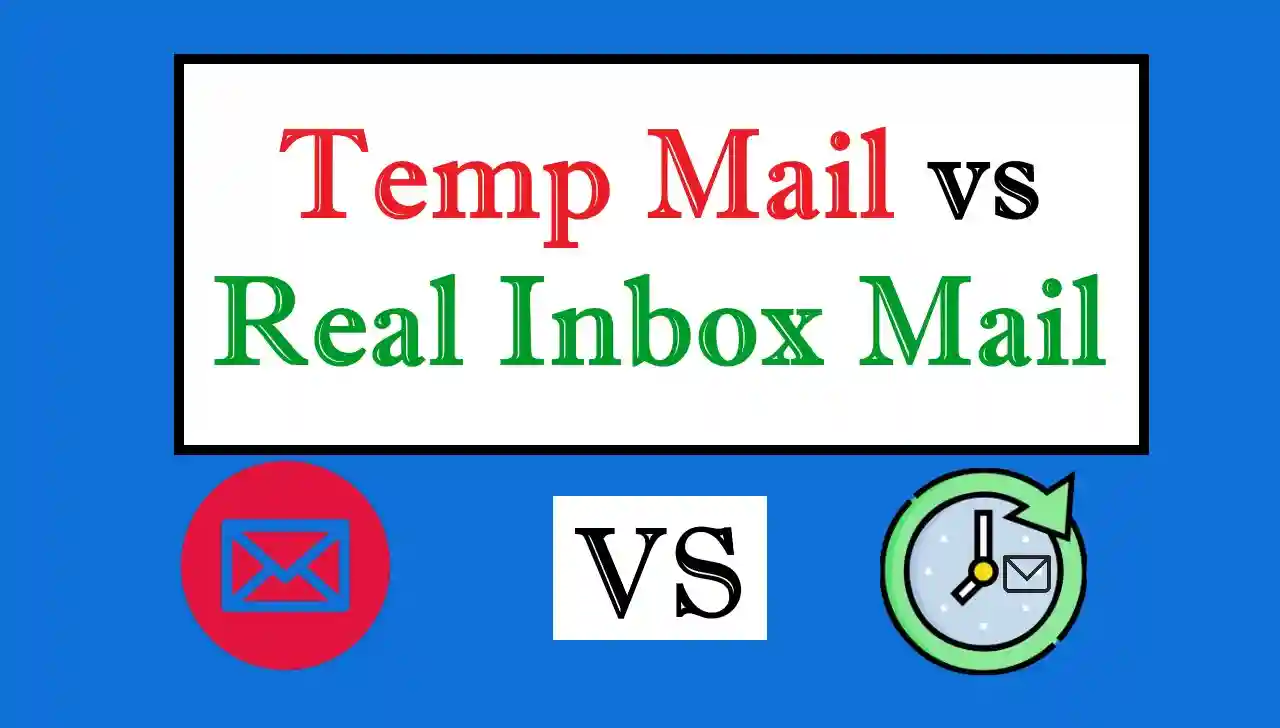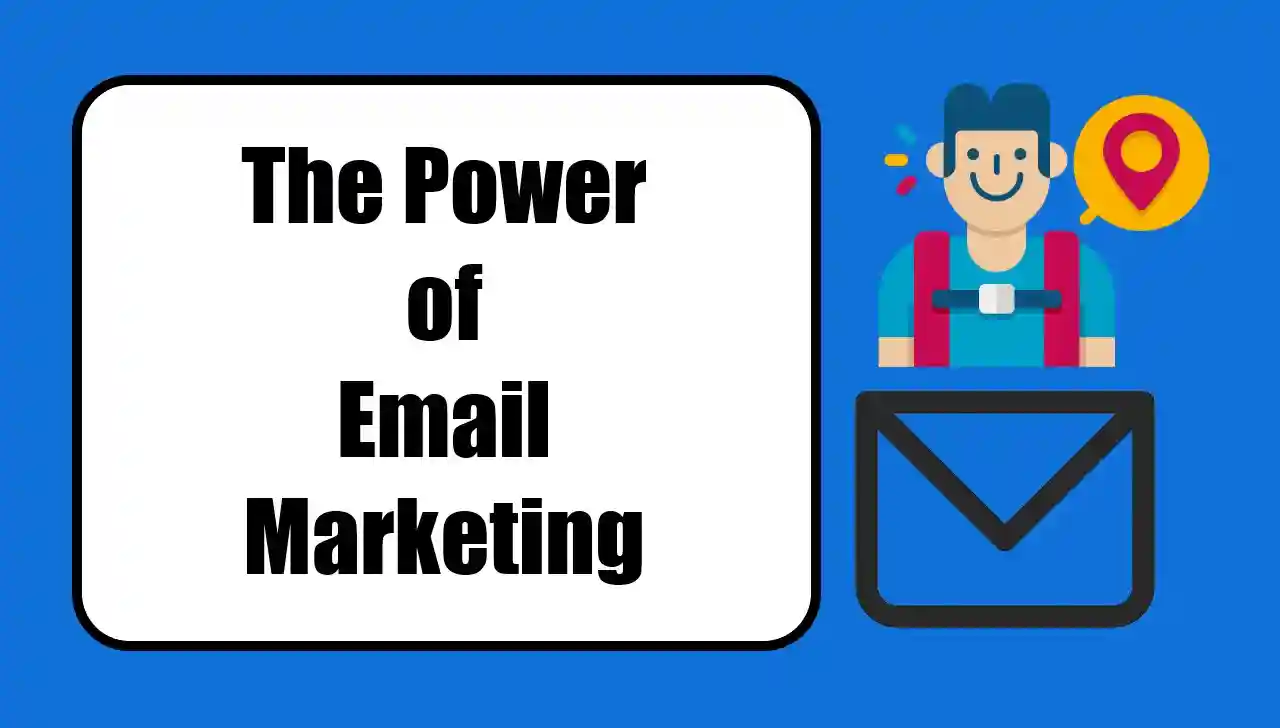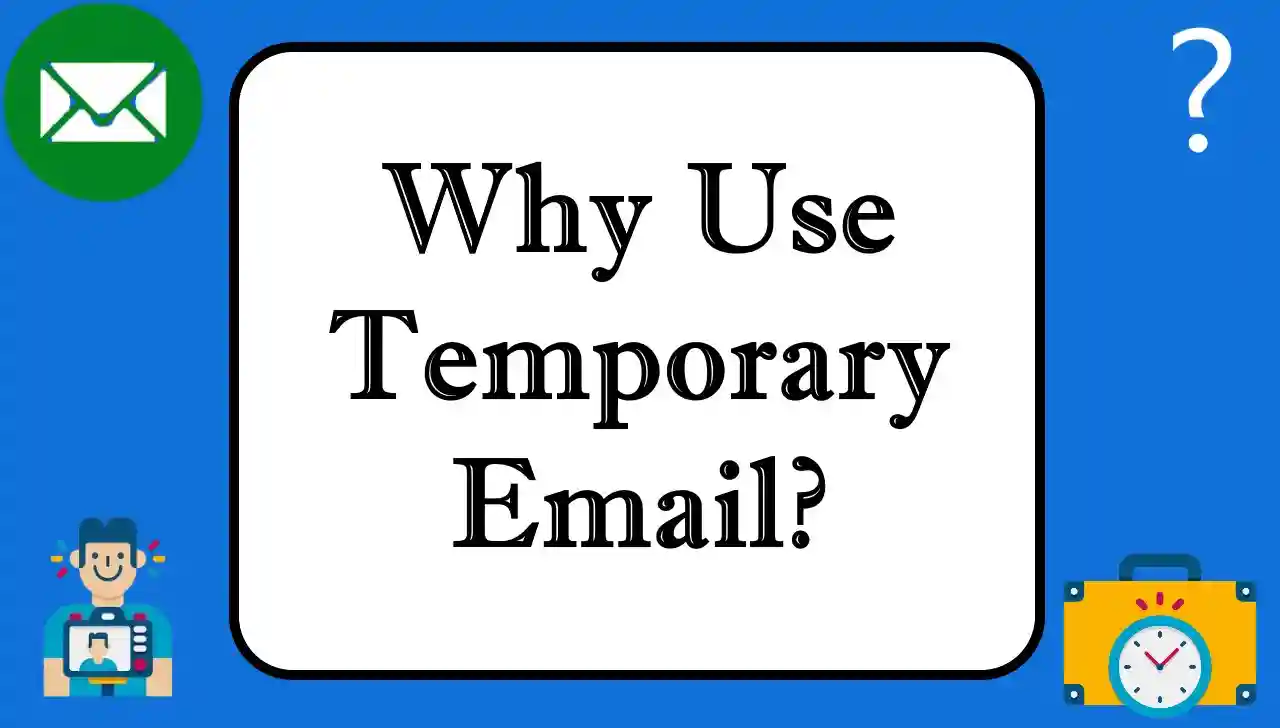Affiliate marketing is the latest, hottest passive income opportunity. In an age of online businesses and internet consumers making their purchasing choices, affiliate marketing is the best way for marketers to make money promoting products and getting paid a commission for each purchase. : Social media is one of the best avenues to increase the return on your affiliate marketing.
Social media websites like Facebook, Instagram, Twitter, LinkedIn, TikTok, and YouTube will do wonders for your affiliate marketing. But it’s going to take planning, consistency, and knowledge about the forces that sway action. We will explain in this article how to effectively use social media to get affiliate marketing right.
Understanding Affiliate Marketing
Before we start talking about social media plans, you have to know what affiliate marketing is and how it works. Affiliate marketing is performance based marketing in which an affiliate is paid a commission for the sale of a product or service. Affiliates usually have their own tracking links that allow companies to track the sales or leads that they’ve gotten from the affiliate.
Creating a sense of trust with your readers and only recommend products that really matter to them is the secret to affiliate marketing success. And this is where social media steps in. You can reach more people, establish relationships, and convert with smart use of social media.
Why Social Media Is Crucial for Affiliate Marketing?
We use social media all the time. Billions of active users all over the world make them marketeers have a huge base. Facebook can be used to target a certain audience, connect with your followers, and offer affiliate products more personally and authentically. It’s also better to have Instagram and TikTok for marketing which allows marketers to post attractive looking posts so affiliate products can be displayed easily.
But social media based affiliate marketing is not only about product promotion. It’s about writing something of value, becoming a thought leader in your field, and connecting with your readers. Social media enables you to interact directly with your followers and build trust which in turn increases affiliate commissions.
How To Utilize Social Media For Affiliate Marketing Gain?
1. Pick the Right Social Media Channels
Not all social media platforms are good for affiliate marketing. This means you should target the platforms that your customers are the most engaged on and where your affiliate offers are most likely to resonate. Affiliate Marketing Platforms Some of the best affiliate marketing platforms are:
- Instagram: Ideal for photography, product posts and lifestyle posts. Perfect for beauty, fitness, fashion and health.
- Facebook: Perfect for content, community and paid advertising. : Facebook Groups are great for affiliate links and engagement.
- YouTube: Useful for videos, tutorials, unboxings and reviews. YouTube’s search is the second biggest in the world so you can get in front of more people.
- TikTok: TikTok has also begun to accept short video posts which will make it very useful for affiliate marketers working on fashion, tech, and lifestyle.
- Twitter: Not as visual as other sites but Twitter is a great tool for keeping up with industry news and syndicating affiliate links to your niche audience.
2. Build Trust and Authority
That’s the foundation of every affiliate marketing campaign. Your audience won’t trust you if they don’t click your affiliate links, never mind purchase. Trust and authority are built by consistent and real engagement with your target. Here’s how to do it:
- Value: Offer up content that is informative, helpful, and interesting that solves your audience’s issue or gives them the solution to their issue. Courses that are solution-oriented create credibility.
- Transparency: Never conceal affiliate links and never conceal how connected you are to the brands that you are recommending. Audiences appreciate transparency and honesty.
- Connect with followers: Comment, reply to questions, build conversations around your posts. It creates community and establishes your authority.
- Testimonials and reviews: User generated content, product reviews and testimonials can build trust. You see other people using and enjoying the product you’re selling, people are going to purchase it.
3. Create Engaging Content
Affiliate marketing is all about content, and social media is all about content. The more interesting and valuable your content is, the more likely you are to convert. Here’s how you can make high quality content for your affiliate marketing:
- Review & Tutorials for the product: Author or produce videos to show how the product works.emonstrate to your customers the product’s features and advantages as a solution to their problems.
- Personal Stories or Behind the Scenes: Post some personal narratives or behind the scenes videos for products you’re selling. So that your content appears more human and real.
- Giveaways and competitions: Offer giveaways or competitions where participants have to be a follower of your account or read your content. This can broaden your scope and broaden your audience.
- Blogs: Ask your audience to contribute reviews of the product. Reposting User content builds authority and attention.
4. Use Social Proof to Increase Conversions
Social proof – the psychological process in which we take more actions when other people do something.
As a Social proof, in affiliate marketing, there are numerous kinds of it including:
- Feedback: Provide reviews from others that used the product.
- Influencer referrals: Partner with influencers from your category to drive traffic. This can mean a great deal to your followers.
- Case studies: Provide granular case studies or success stories about how the product achieved something for someone.
Social proof is also one of the best strategies you can use in affiliate marketing to make yourself appear credible and get more people clicking on your affiliate links.
5. Pay Ads to Extend Audience
Organic reach is great on social media but paid ads can really up your affiliate marketing game. You can target ads through most social media platforms for the demographics who are most likely to be interested in your items. Facebook and Instagram ads are ideal for affiliate marketers as you can show off beautiful products and direct people to your affiliate links.
For Paid Ads: Be sure to:
- Be able to target the right people: The targeting feature of the platform allows you to filter your customers based on their interests, activities, age, and location.
- Ad Formats to Try: Test out different ad types like carousel ads, video ads, and story ads to see which one resonates the most with your audience.
- Adjust your ads: Monitor the effectiveness of your ads and adjust them according to the performance indicators like CTR, conversion rate, ROI.
6. Be Consistent
Affiliate marketing is about consistency. The more regular you are when posting and sharing with your audience, the more a person will believe you and click on your affiliate links. : Make a content calendar, post consistently and never let content get out of hand with your affiliate marketing.
Conclusion
Social media is not enough to make affiliate marketing work by publishing product links. It’s about trust, publishing valuable content, getting to know your readers and marketing affiliate products properly. Focusing on the right sites, being consistent and social proofing and paid advertising can get your affiliate marketing earnings sky high.
Always keep in mind affiliate marketing is a long term venture and you won’t succeed overnight. But if you use the techniques in this guide, you can use social media to scale your affiliate marketing business and have long-term success. Get going today and you will get the payoff after taking your time and working!




